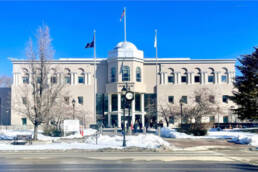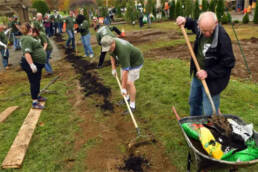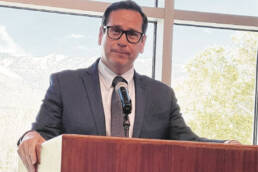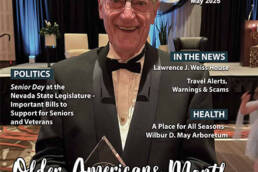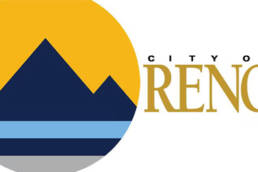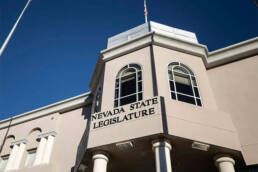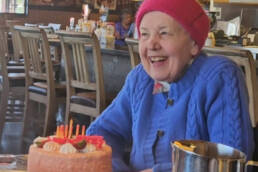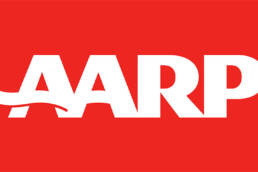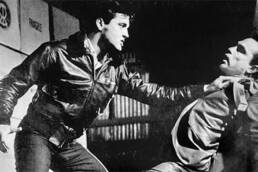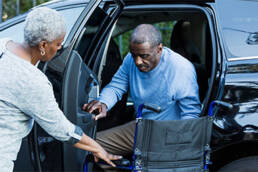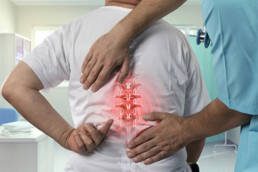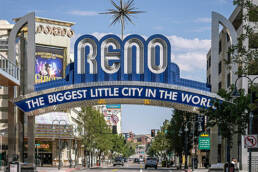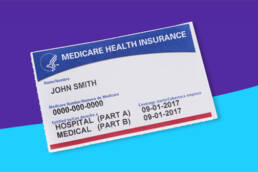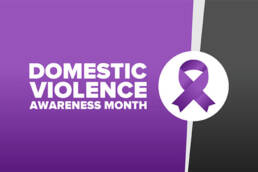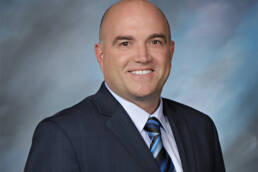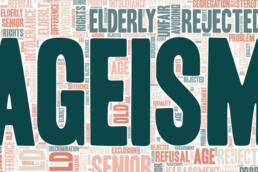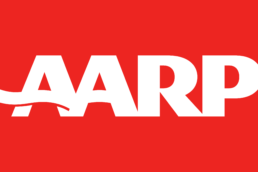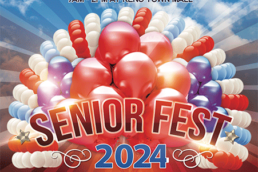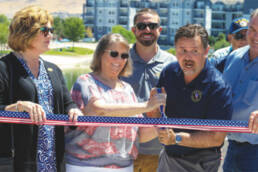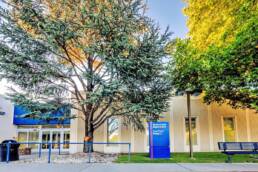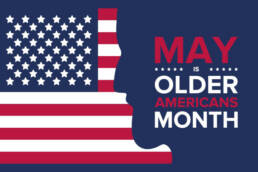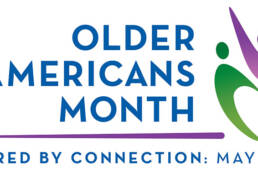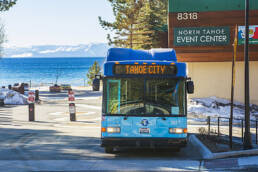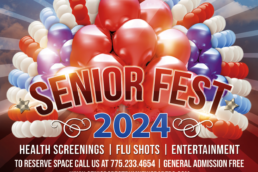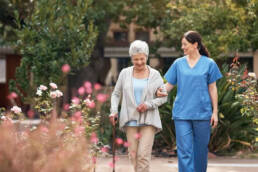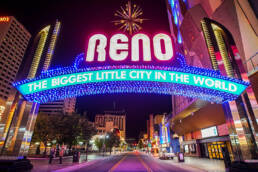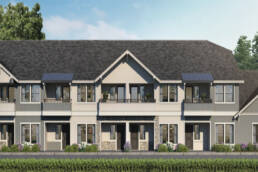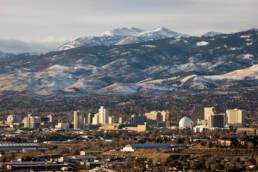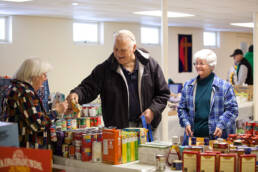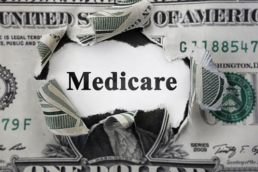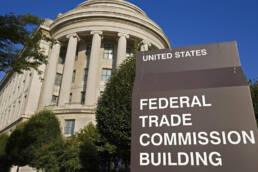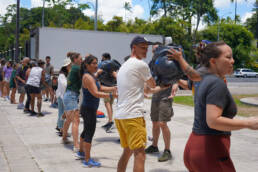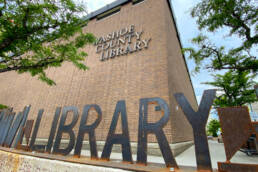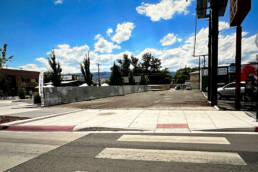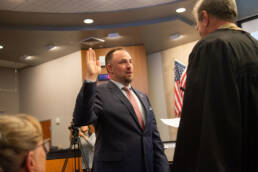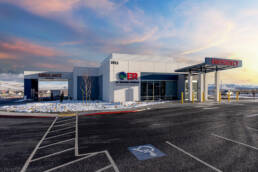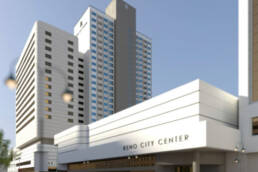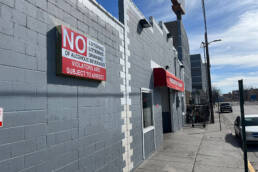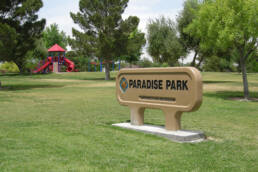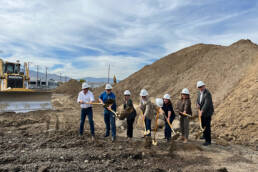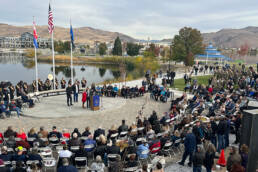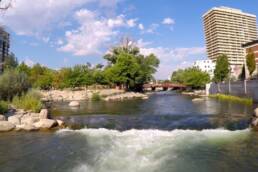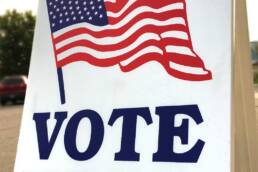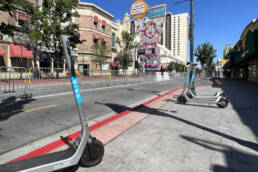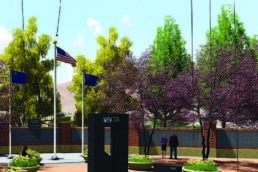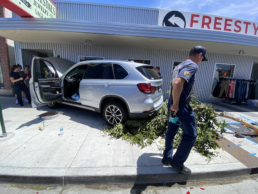
For those of you who have been in the Midtown area, you may have encountered the center median or roundabout. Recently the RTC retained UNR’s Center for Advanced Transportation Education and Research (CATER) to conduct a post-construction evaluation study on the redesign of Virginia St. Roadside LiDAR data was collected at 18 intersections across 1.2 miles along South Virginia Street in the Midtown neighborhood. The data collected over a one-week interval provides multi-modal traffic counts, speeds, conflicts, and is used to identify behaviors of road users.
The post-construction evaluation by UNR for the RTC speaks to the number of accidents that occurred prior to and after the BRT Extension Project, but what it doesn’t talk about, is the ability for emergency responders to get to and from an incident on a prior three lane street versus a one way traffic lane surrounded by concrete. The study makes five additional recommendations that further slow down traffic in the area, but these recommendations do not account for the speed required in an emergency situation. If someone’s grandmother had a fractured hip with internal bleeding, or a major heart attack & needed to get to the hospital in a hurry, they may not make it. Ambulances and firetrucks have loud horns so that other drivers pull over they have the right-of-way. You can’t obstruct an emergency vehicle.
The study concludes that the installed roadway infrastructure has improved safety while minimally impacting circulation and mobility. It continues to say that the raised medians have reduced the number of severe angle conflicts & potential crashes. The study goes on supporting the roundabout and channelized left-turn pockets, stating – “they help vehicle throughput and parking appears to be adequately serving business.”
The study does not take into account the ideas or input of the business & property owners throughout the area. Recently, a petition was signed by almost every landlord and business owner throughout Midtown asking for the center median to be removed, all asserting its presence as unsafe and having a negative impact on their operations. Buildings have been run into several times that were otherwise never harmed prior to the median’s implementation.
The limited right-of-way has not been as accommodating as believed or portrayed. The wider sidewalks with street trees, the on-street parking, and the center divider have all created countless safety issues and been detrimental to businesses. The corridor is constrained by the streets width, making it challenging for emergency responders to get around traffic, having to drive over the center median and scrape the bottom of fire trucks ambulances, or police cars. Street signs are constantly run over, structures are struck, and traffic is backed up indefinitely in an emergency situation.
Vehicle access is not adequate, cars are constantly making illegal u-turns not wanting to travel three blocks north or south to reach their destination. Parking does not adequately serve the businesses, being limited, and the multimodal activity includes a non-dedicated bicycle lane that intermingles with the vehicular traffic lane.
It’s alleged that first responders, local hospitals, property owners, and several businesses in Midtown did not receive notice for the public meetings. The two city council members, also RTC Board members at the time who made the final decision are no longer members of the Council or RTC Board – Neoma Jardon & Paul Mckenzie.
Before the divider was implemented, a design modification of the Midtown section from Liberty St. to Vassar St. was suggested that would have eliminated the proposed raised center median. The median restricted left turns at private driveways and specific intersections. The proposed suggestions would have replaced the raised median with a two-way left turn lane. This was ‘shot down’ when former commissioner Marsha Berkbigler said that a lot of time had already been spent on the plan and making any proposed change was a bad idea. When commissioner Jardon asked how quickly the RTC could bring the proposal to remove the raised median, she was told that any planned change would cause delay and additional costs.
The RTC and its staff, guided by the law firm of Woodburn & Wedge, elected to move forward with the Midtown roundabout and divider. The post-construction evaluation done by UNR for RTC doesn’t answer the questions the people operating businesses or living in and around the area on a daily basis. If everyone is happy with what the RTC did to Midtown, and things are as safe as the study indicates, then why conduct another study? Why are so many businesses and property owners in disagreement with the median and roundabout’s implementation, constantly complaining about the safety of their patrons and their lost profits? How many street signs, Bird scooters, and structures have to be run over before someone realizes that this may not have been a good idea, or in the best interest of the community?
The UNR students made recommendations that are traffic strategies to continue to reduce speed, such as more crosswalks, flashing lighting, etc. What it does not address is the structure of the project….it impedes access for emergency responders. It does not open up the center lane for people and vehicles to navigate the road, to make access into housing and businesses. The concrete median restricts access like a barricade on a major route into the corridor. This is Virginia Street, one of the few main thoroughfairs to the hospital. Public Safety may be RTCs focus, but somehow this concern went sideways – the Midtown corridor is just not safe and the LiDAR study doesn’t account for this fact.


